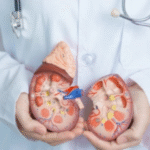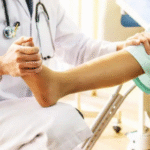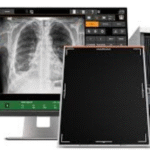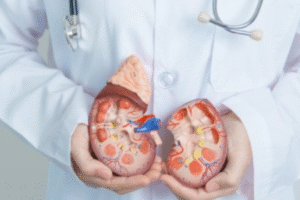Introduction
LASIK (Laser-Assisted In Situ Keratomileusis) is a transformative eye surgery designed to correct common vision problems such as nearsightedness, farsightedness, and astigmatism. While the procedure itself is quick—often under 30 minutes—it’s essential to understand what the recovery process looks like for the best visual outcome and safety. Here’s a detailed timeline and guide to what you can expect as you heal after LASIK.
The First 24 Hours: Immediate Recovery Once LASIK is complete, your eyes begin their healing process right away. Most patients report noticeably improved vision the same day, though it’s normal to experience symptoms such as:
Mild haziness or blurriness
Grittiness, burning, or the sensation that something is in your eye
Temporary light sensitivity
Doctors generally advise you to rest your eyes for several hours immediately following the procedure. Napping is encouraged to minimize discomfort, and you’ll be instructed to avoid screens, reading, and any activity that could strain your eyes.
Protective shields or goggles are often provided to wear while sleeping, which helps prevent accidental rubbing overnight.
The First Week: Gradual ImprovementWithin 24 hours, most people notice dramatic vision improvements. You will likely have a scheduled follow-up appointment with your surgeon to ensure that your eyes are healing as expected and that there is no sign of infection or inflammation. Many patients are cleared to return to work and most regular activities after this initial check-up, but activities that risk eye injury—like contact sports—should be avoided.
During the first week, it’s important to:
- Use prescribed antibiotic and anti-inflammatory eye drops to prevent infection and manage healing.
- Apply artificial tears as needed, since dry eye is common after LASIK.
- Wear sunglasses outdoors to protect against UV light and discomfort from sun sensitivity.
- Refrain from swimming, using hot tubs, or getting water in your eyes to reduce infection risk.
Some degree of fluctuating vision and mild dryness may persist during these early days, but most side effects gradually subside.
Weeks Two to Four: Eye StabilizationAfter the first week, any remaining discomfort should continue to decrease. Vision typically continues to sharpen, but it’s common to experience minor fluctuations in clarity depending on your activities and the time of day. Eye hydration remains vital, so keep using lubricating drops as recommended.
You’ll also want to:
- Gradually reintroduce digital screens and intense visual tasks, taking breaks as needed.
- Continue to protect your eyes when sleeping and outdoors.
- Avoid high-impact activities until your surgeon says otherwise.
For many people, light dryness or sensitivity can linger, but these symptoms are usually temporary.
Long-Term Healing: Months After LASIKWhile rapid improvement is typical in the first days and weeks, complete stabilization and healing can take up to three to six months. During this period, your doctor will monitor your progress during routine follow-up visits, checking for ongoing dryness, quality of night vision, and overall eye health.
Most patients experience:
- Stable, clear vision by three to six months.
- Reduction or resolution of common side effects like dryness, halos, glare, or slight double vision.
- Enhanced freedom from glasses and contact lenses.
Rarely, additional vision adjustments (“enhancement” procedures) may be needed if vision plateaus or shifts once your eyes have fully healed.
Tips for a Smooth Recovery
Follow all post-surgery directions carefully.
Stay hydrated and get adequate rest.
Use all medications and artificial tears as prescribed.
Attend all follow-up appointments—even if you feel fine.
Report any unusual pain, decreased vision, or signs of infection to your doctor promptly.
Conclusion
LASIK recovery is generally fast and straightforward, with the majority of patients returning to most normal activities within a few days and achieving stable vision within a few weeks to months. Understanding the stages of healing, following aftercare routines, and keeping in close contact with your eye doctor ensures the safest and best possible outcome as you transition to clearer, lens-free vision














